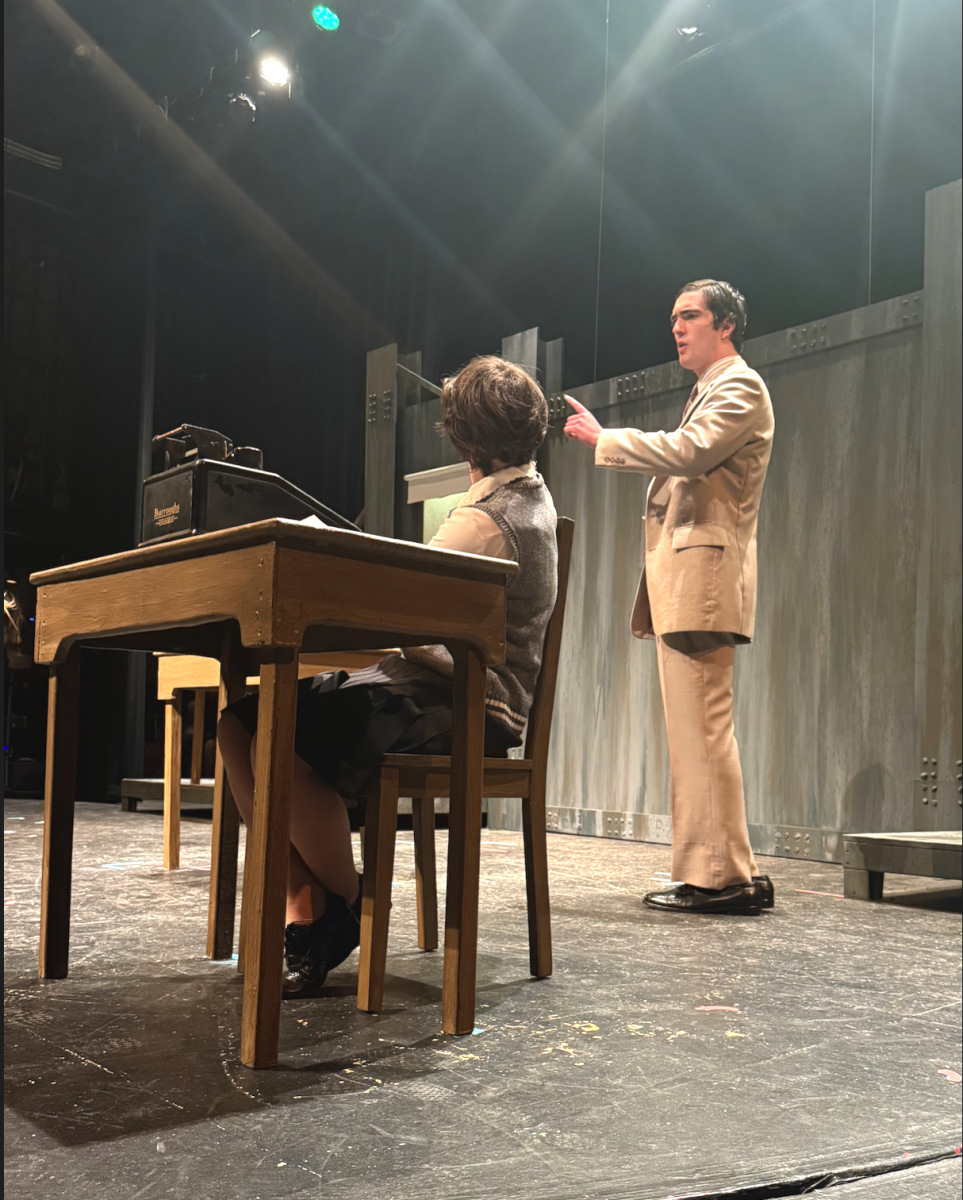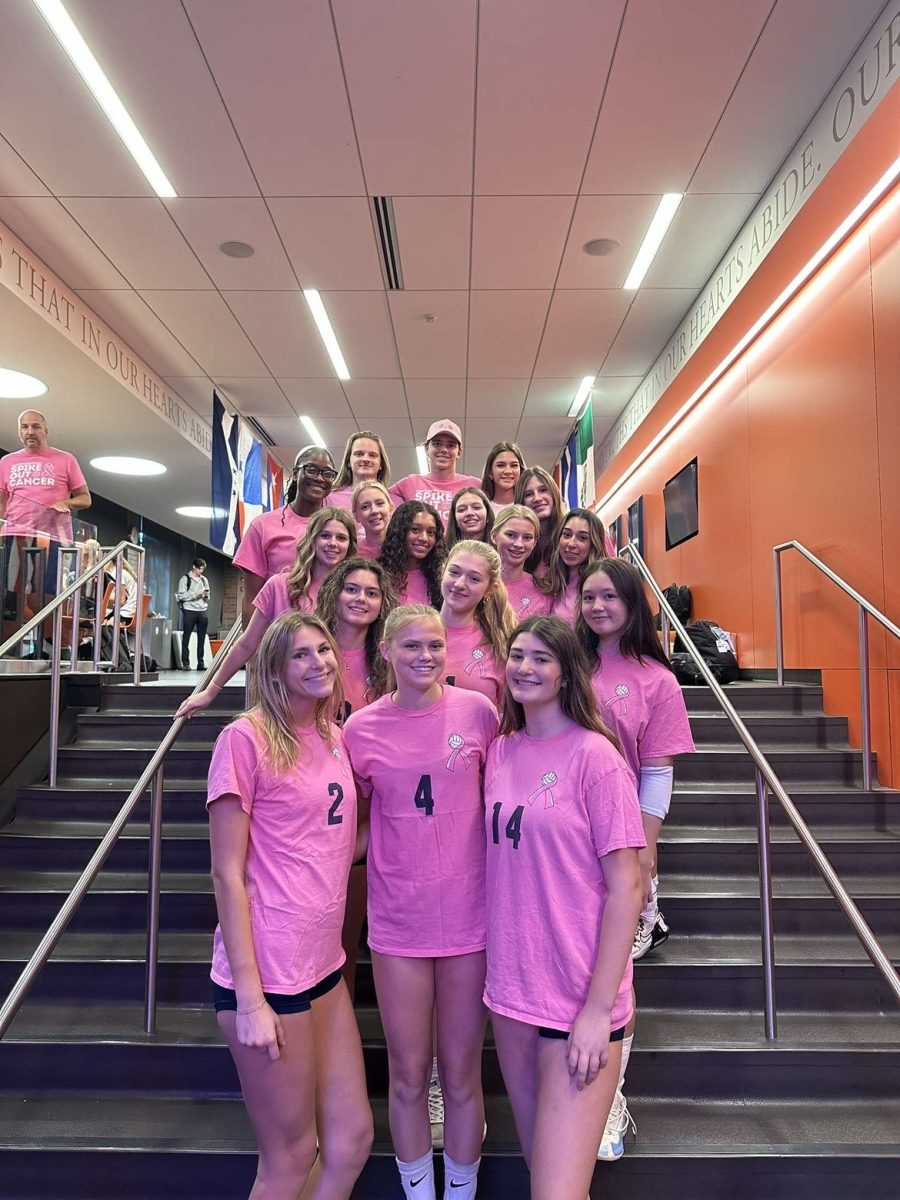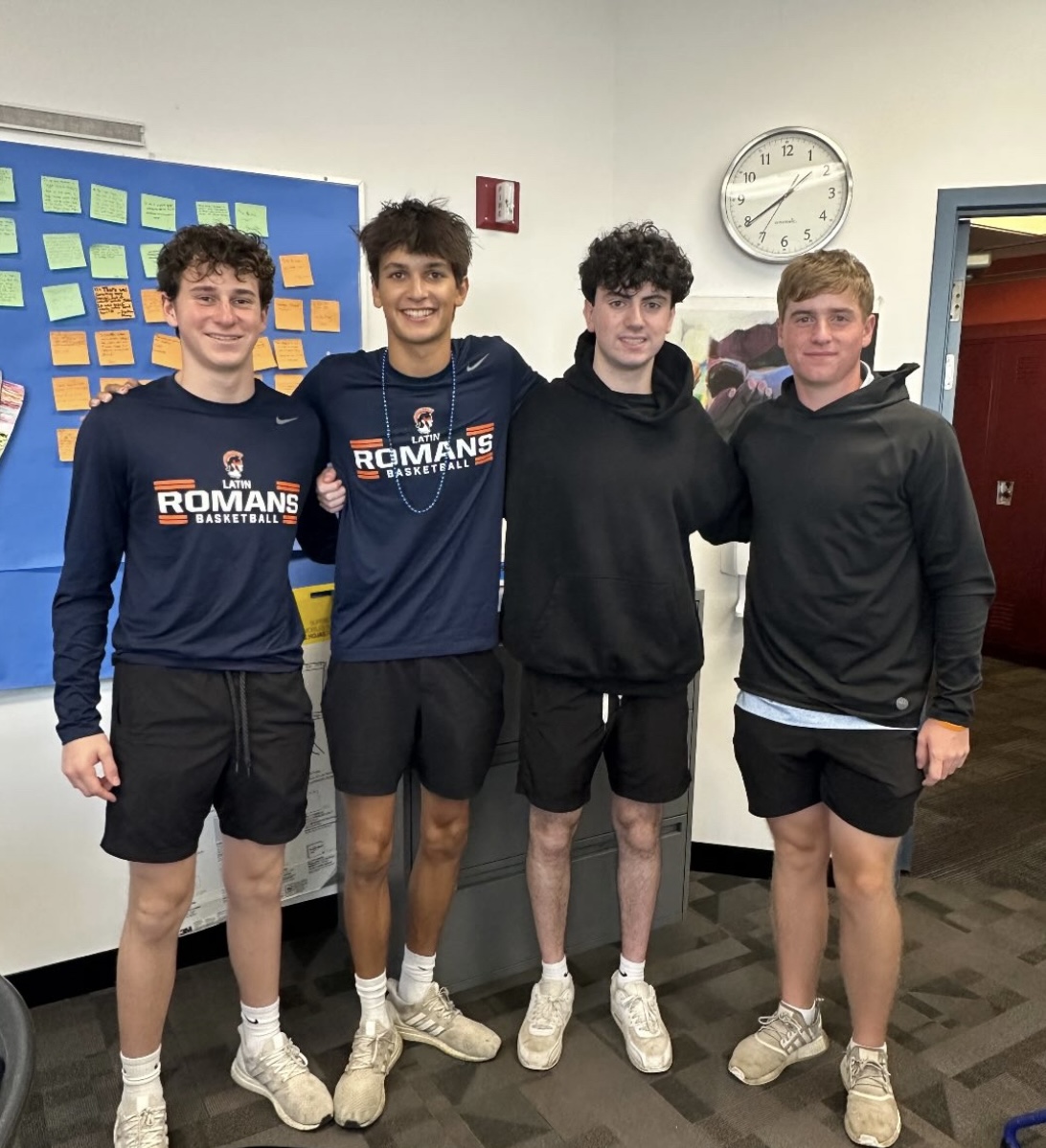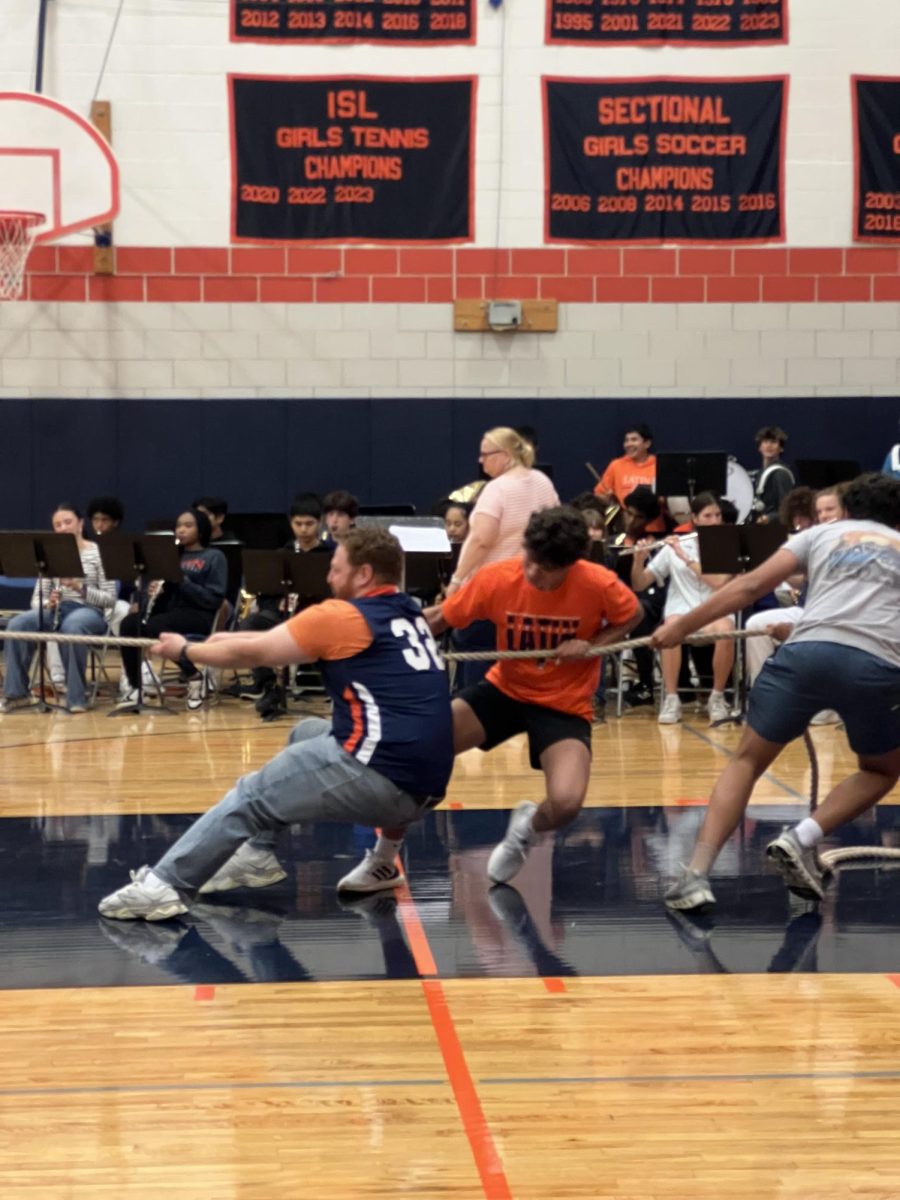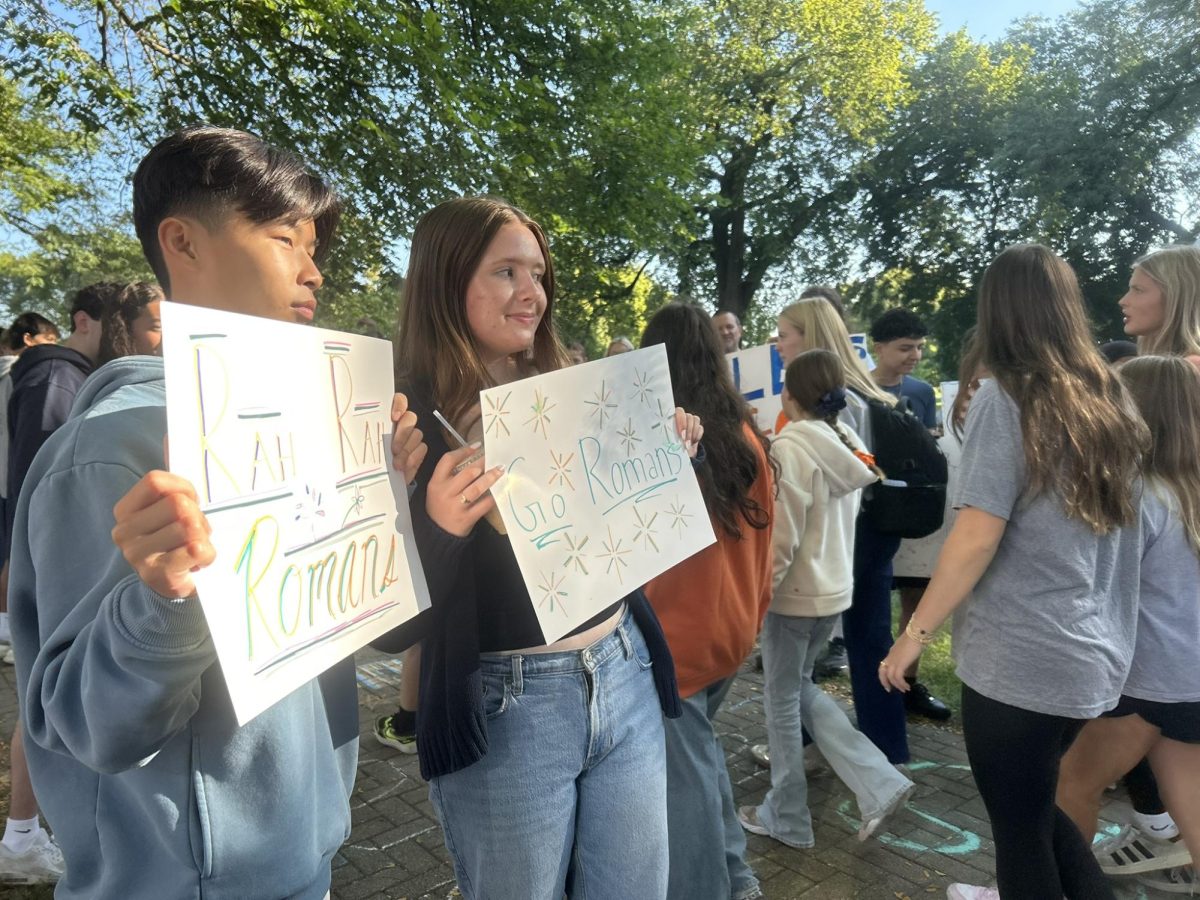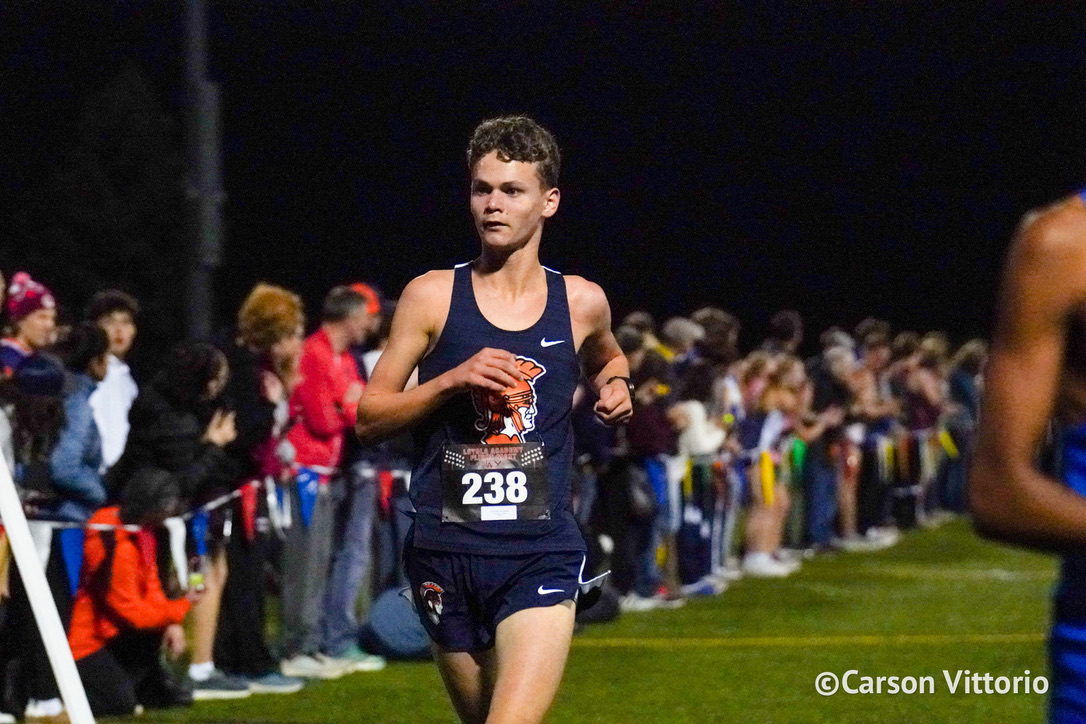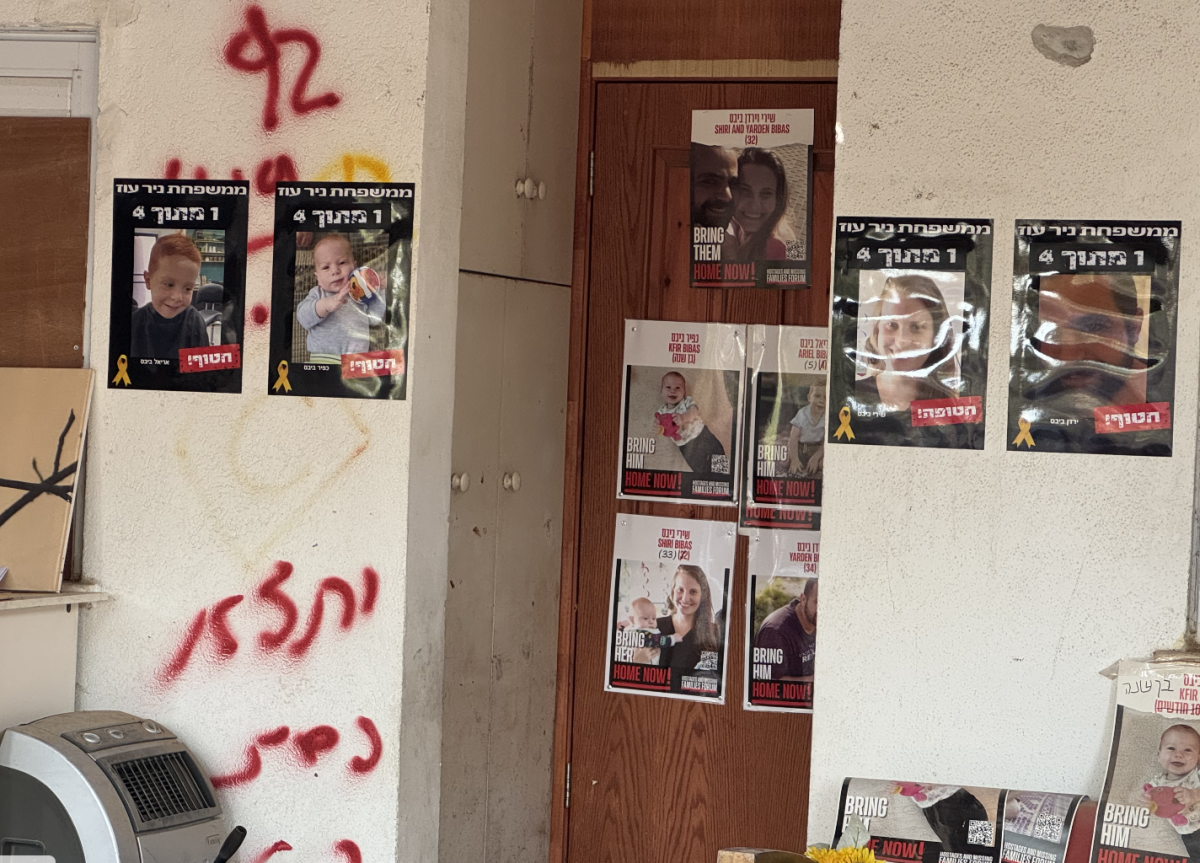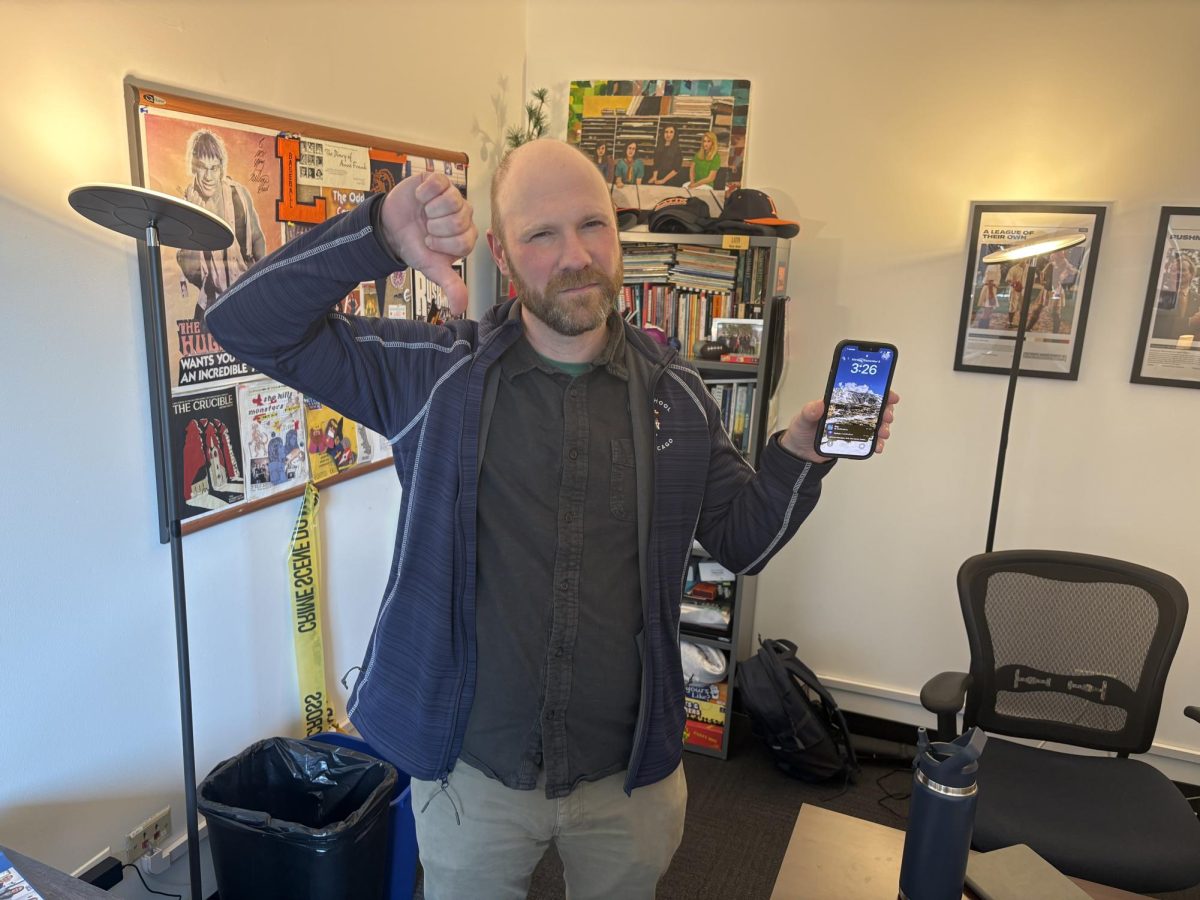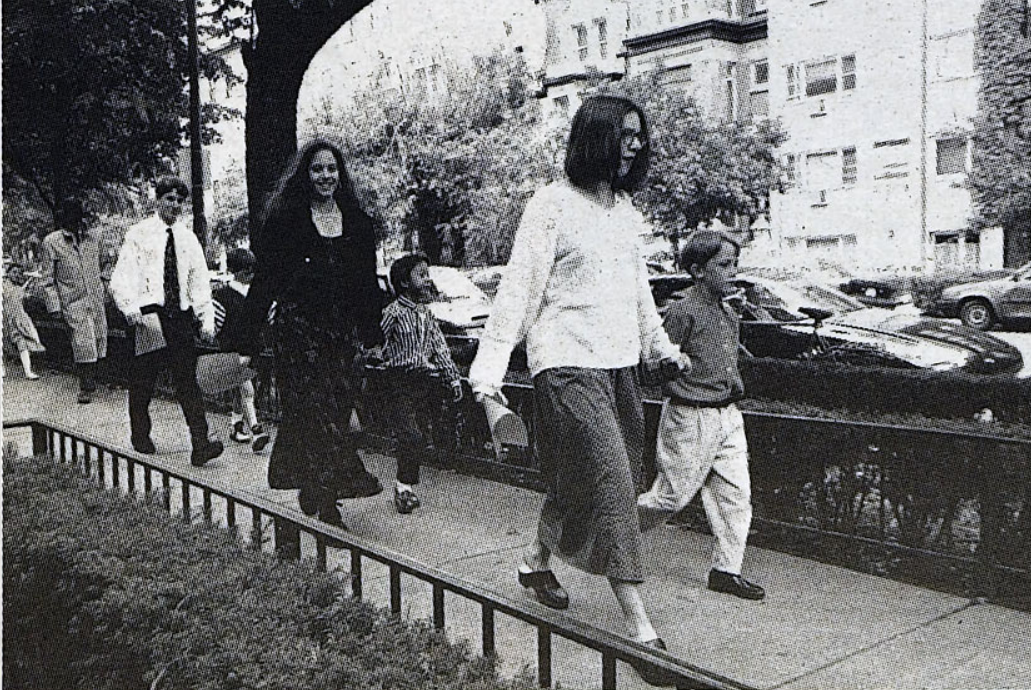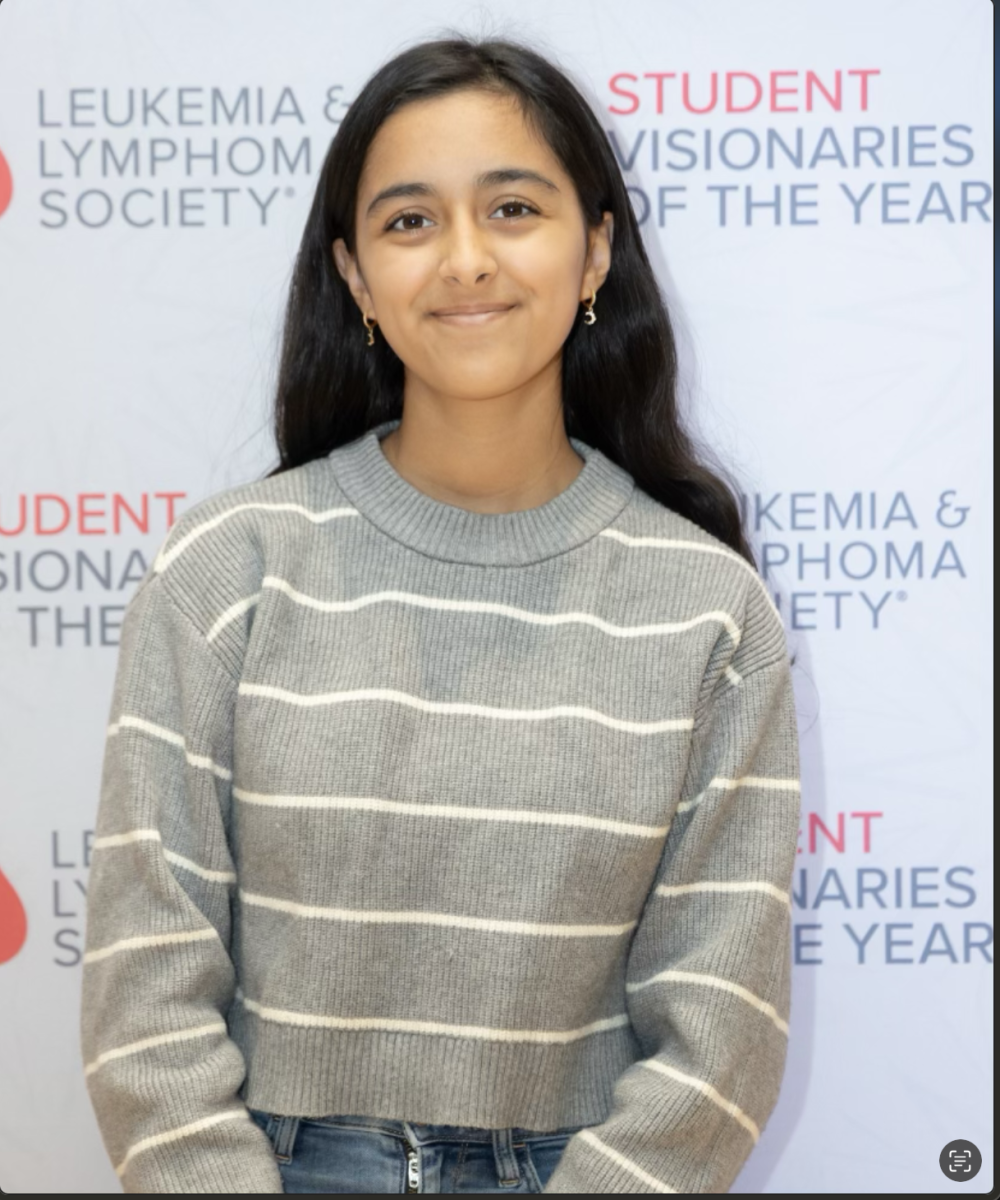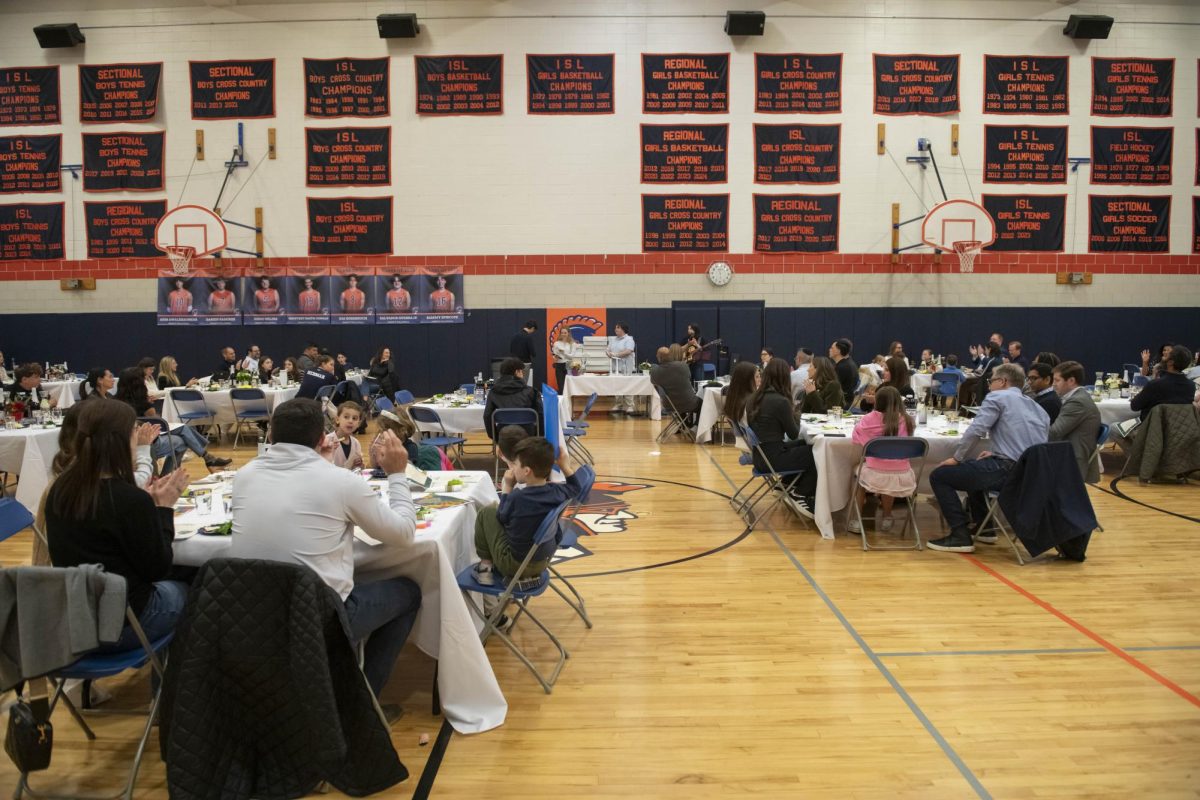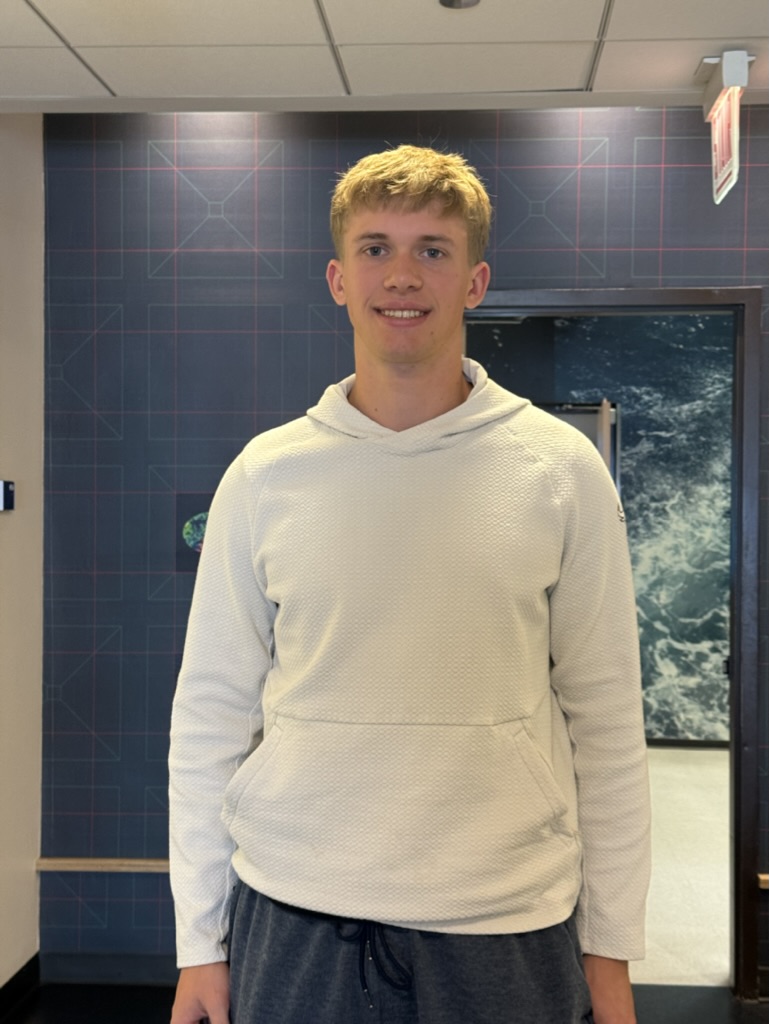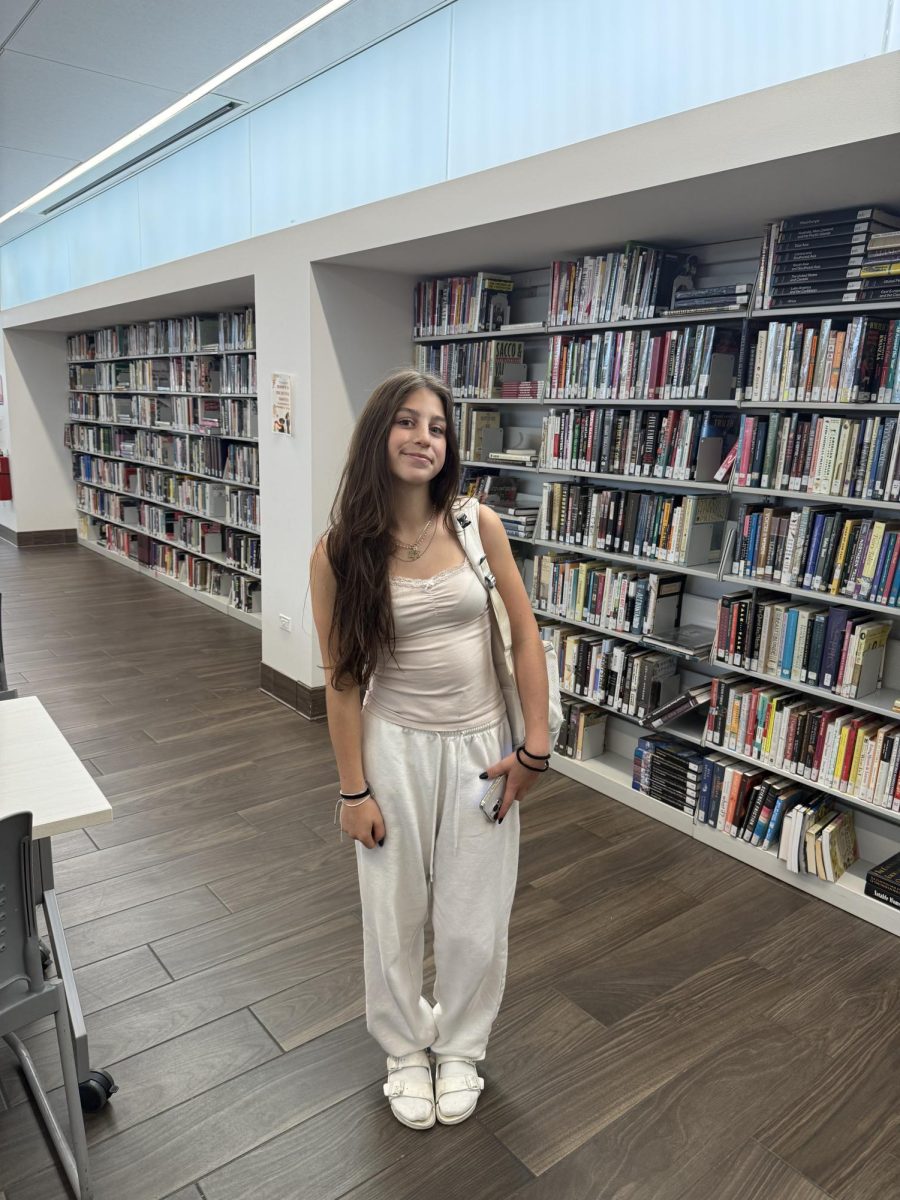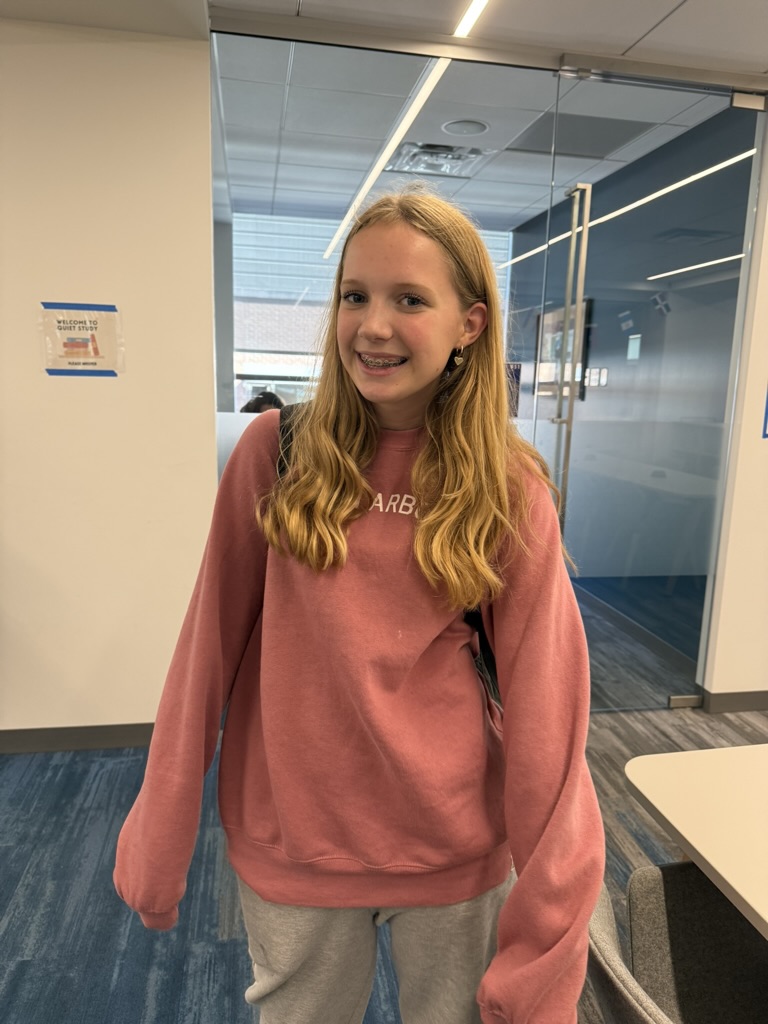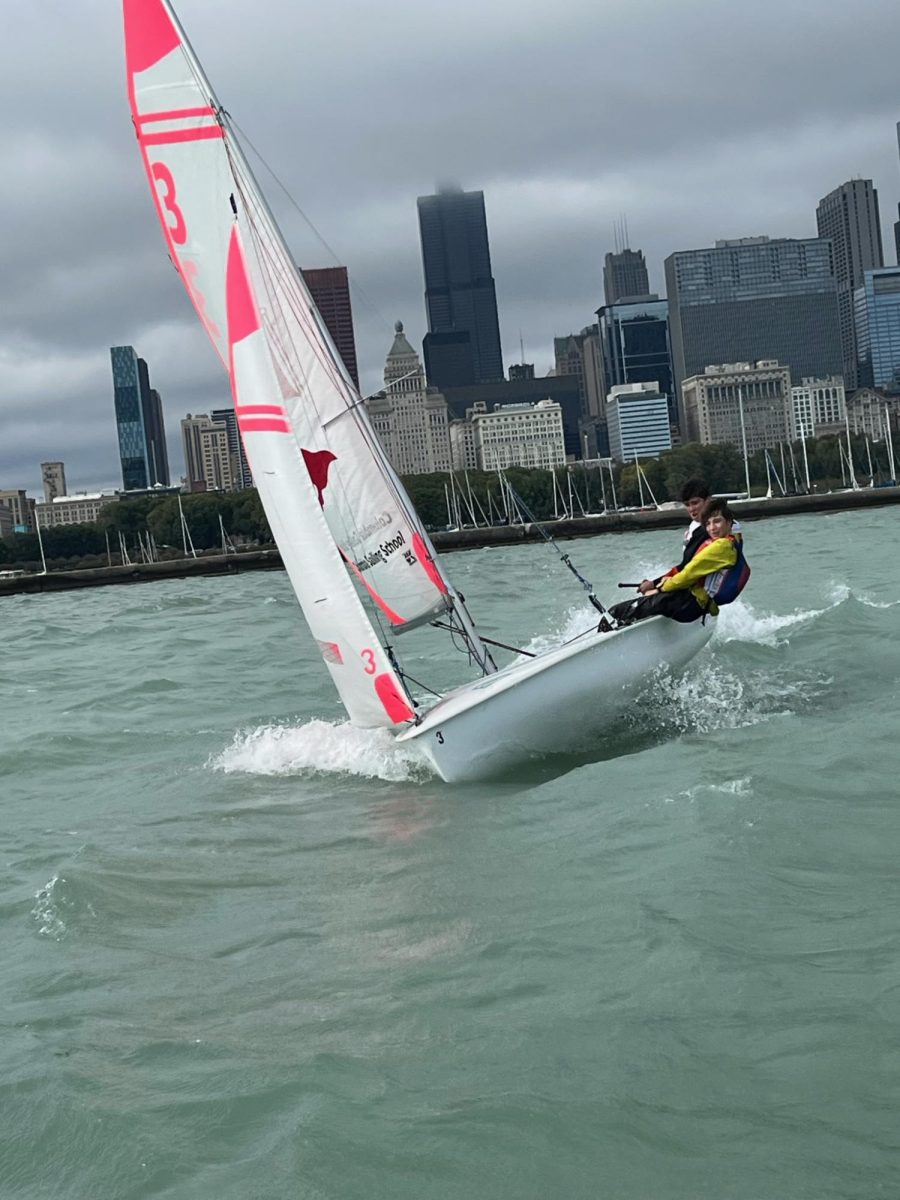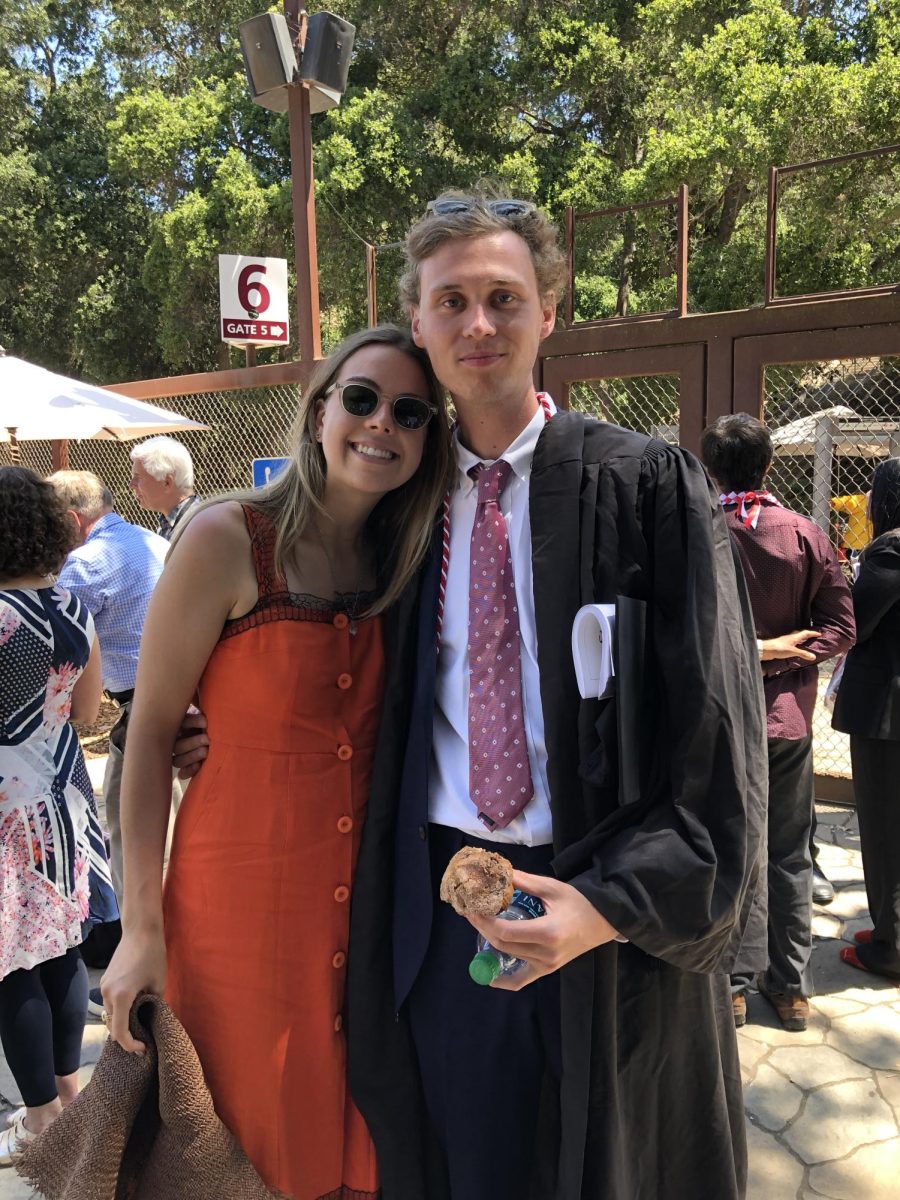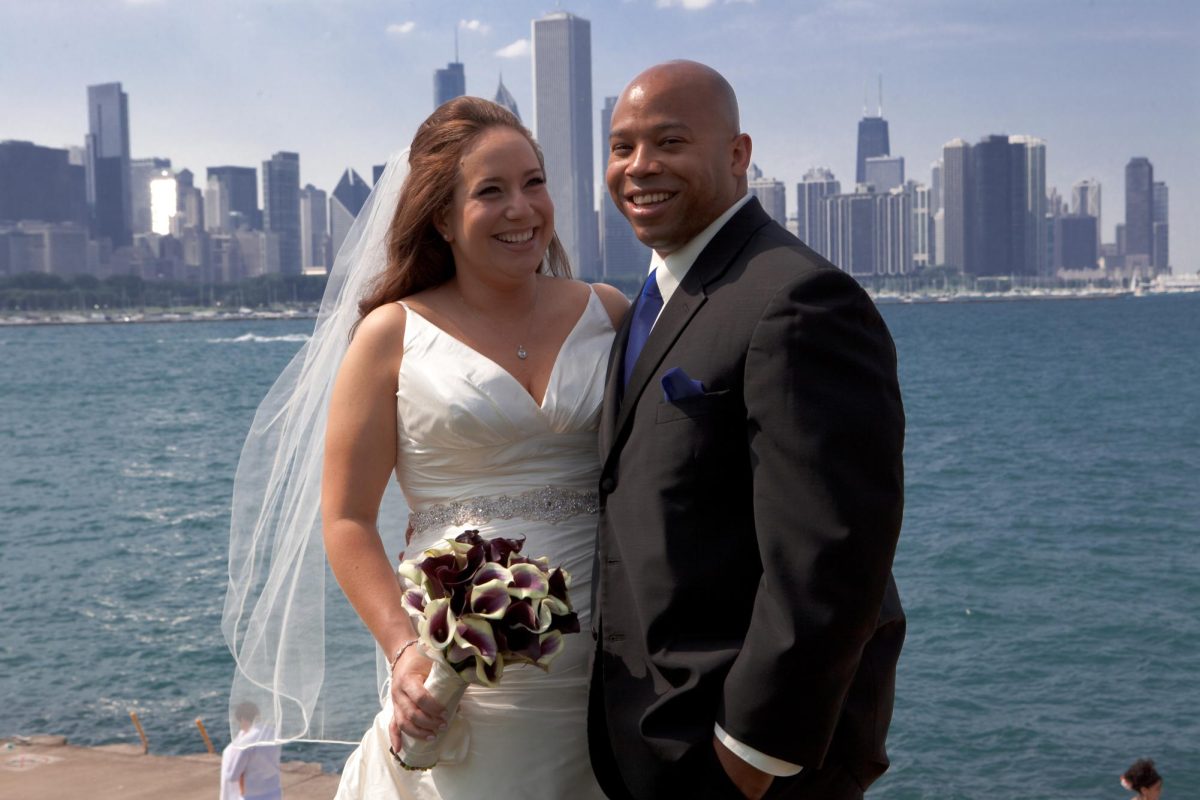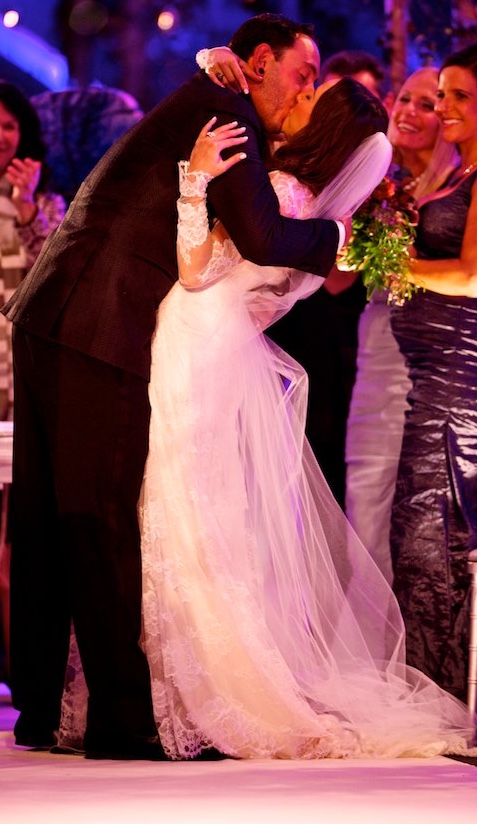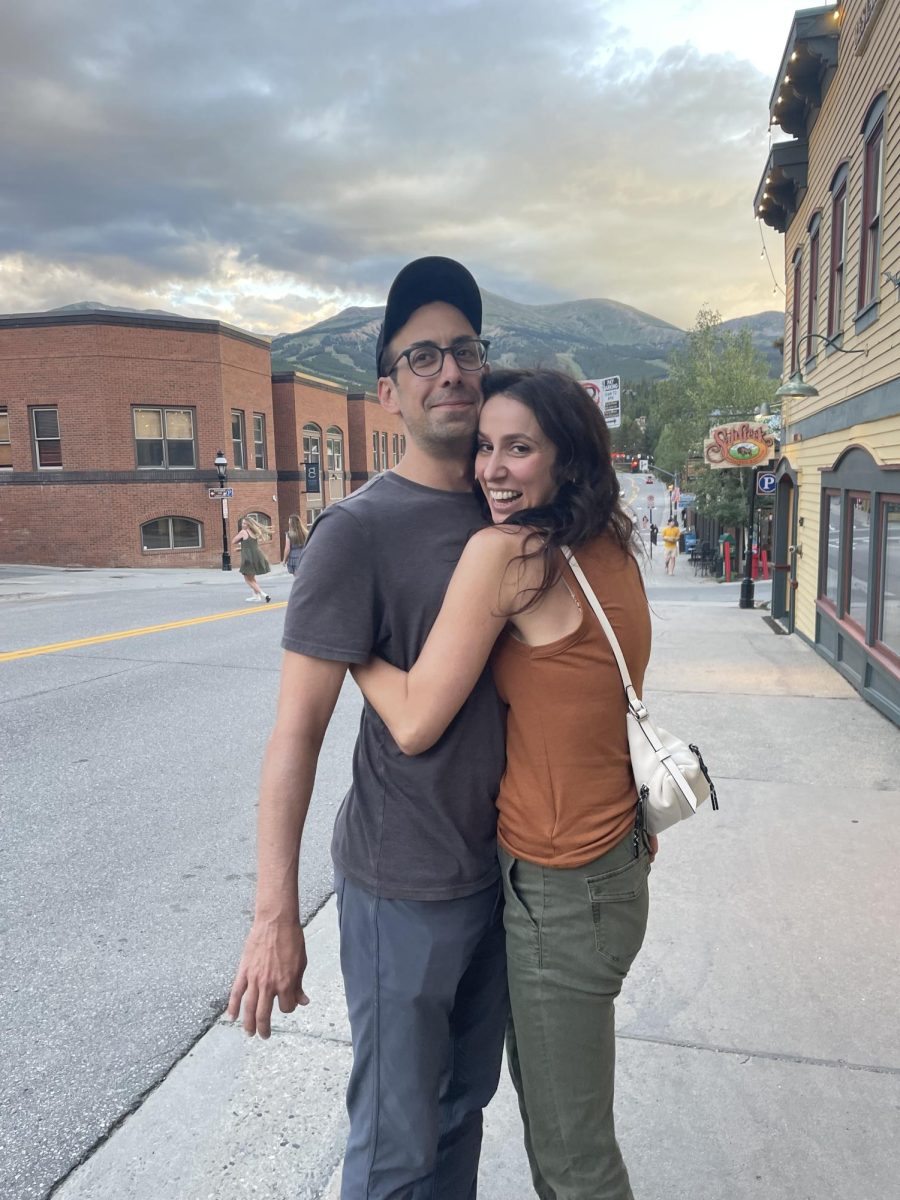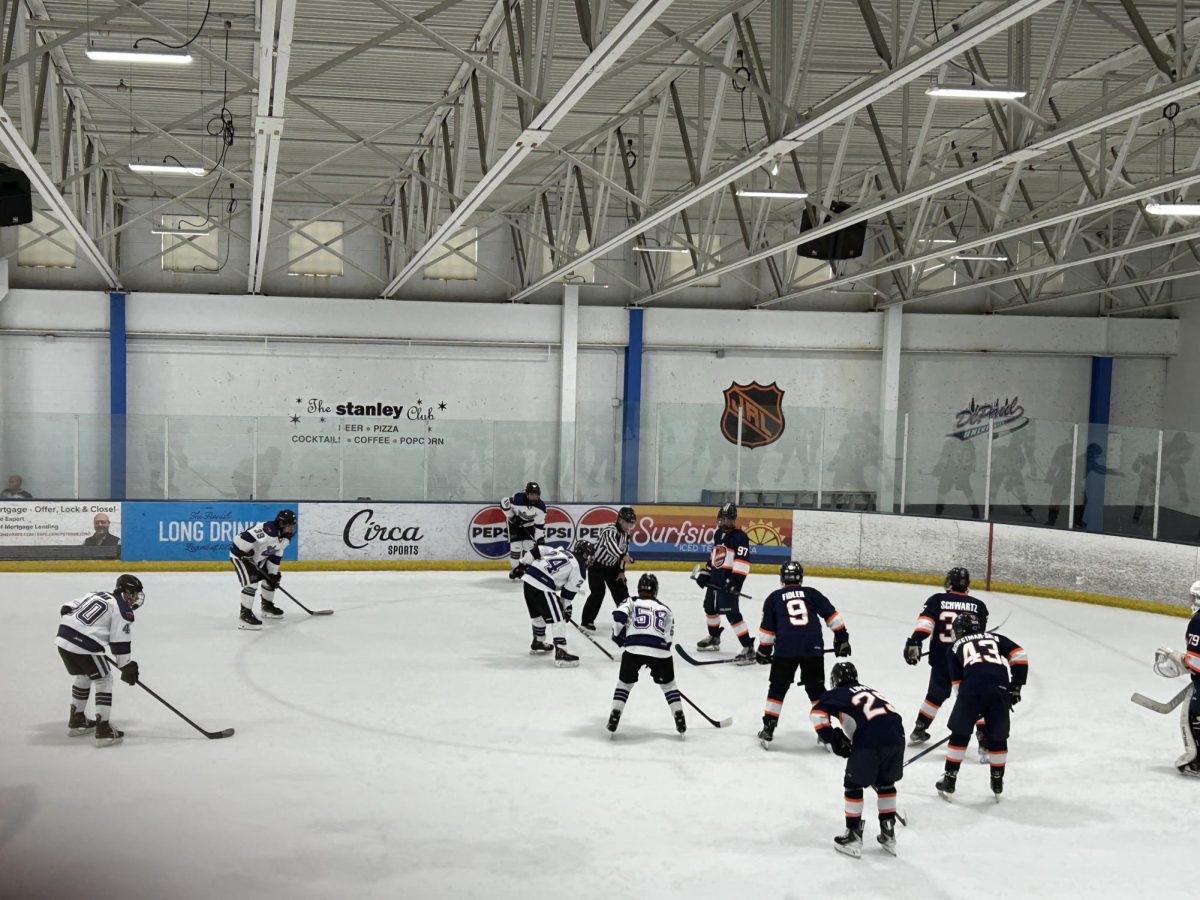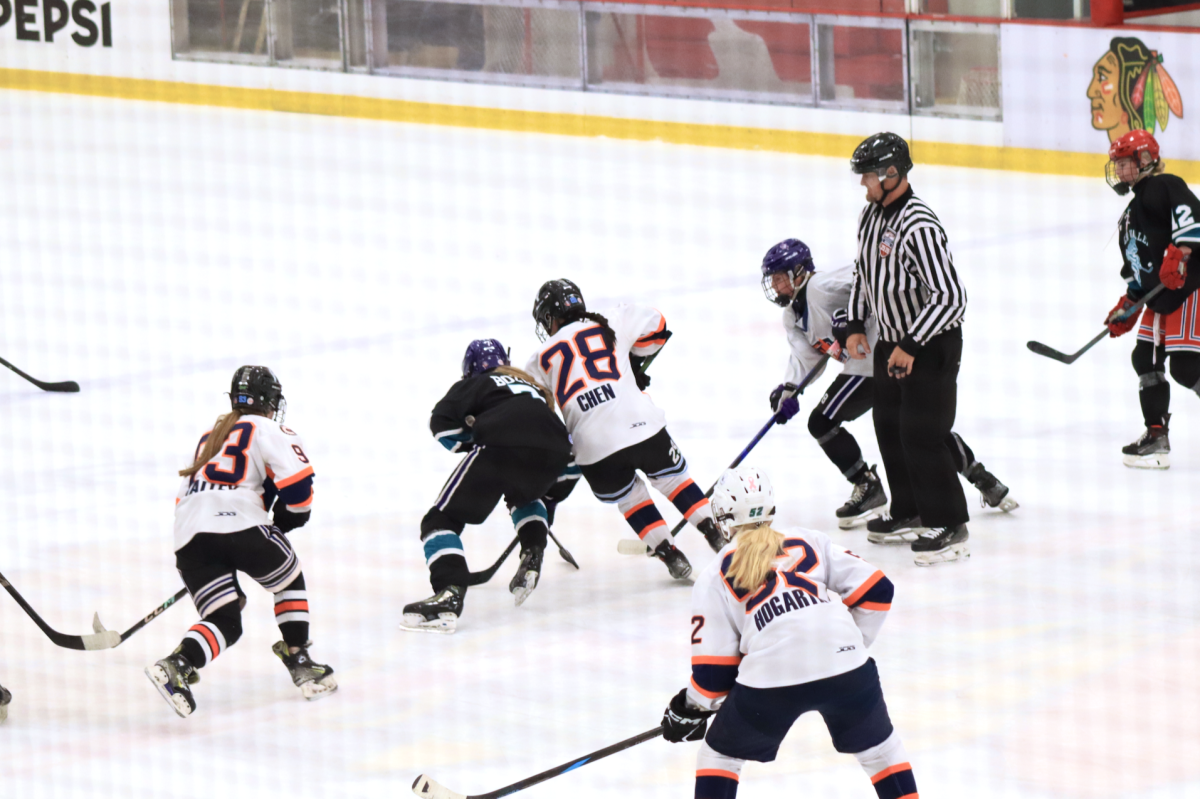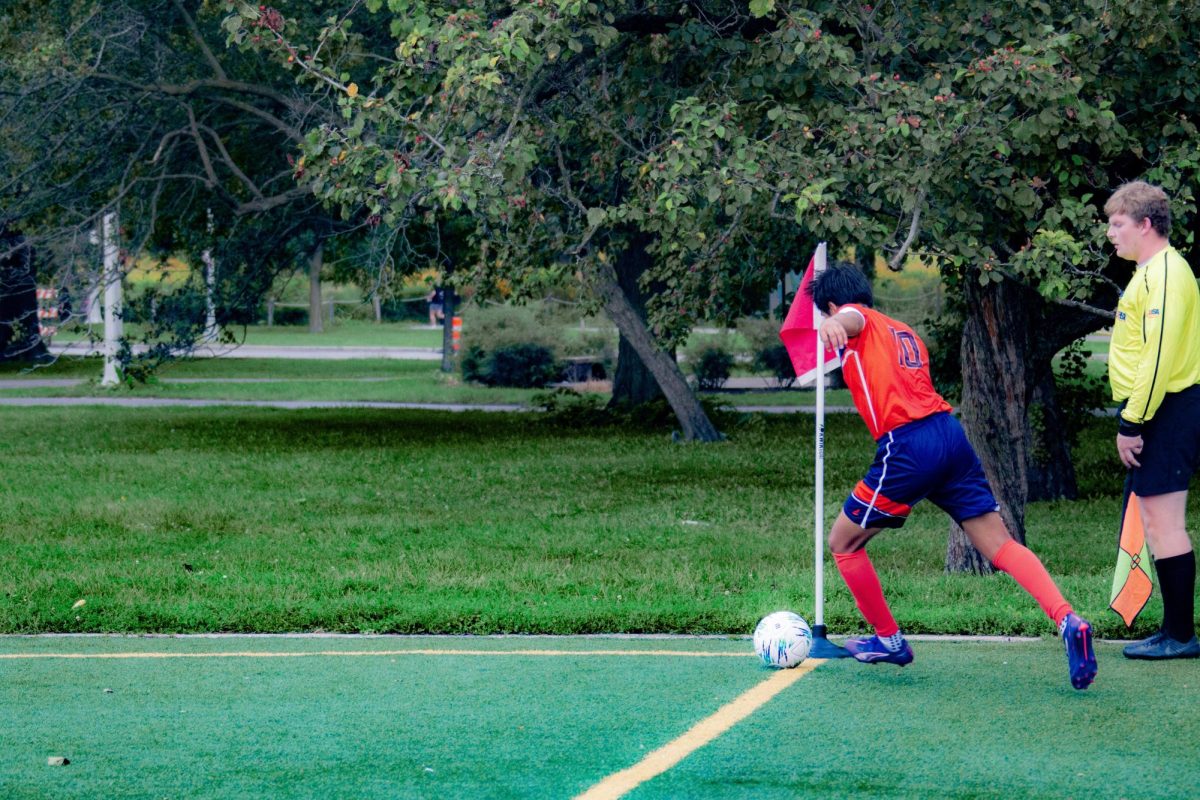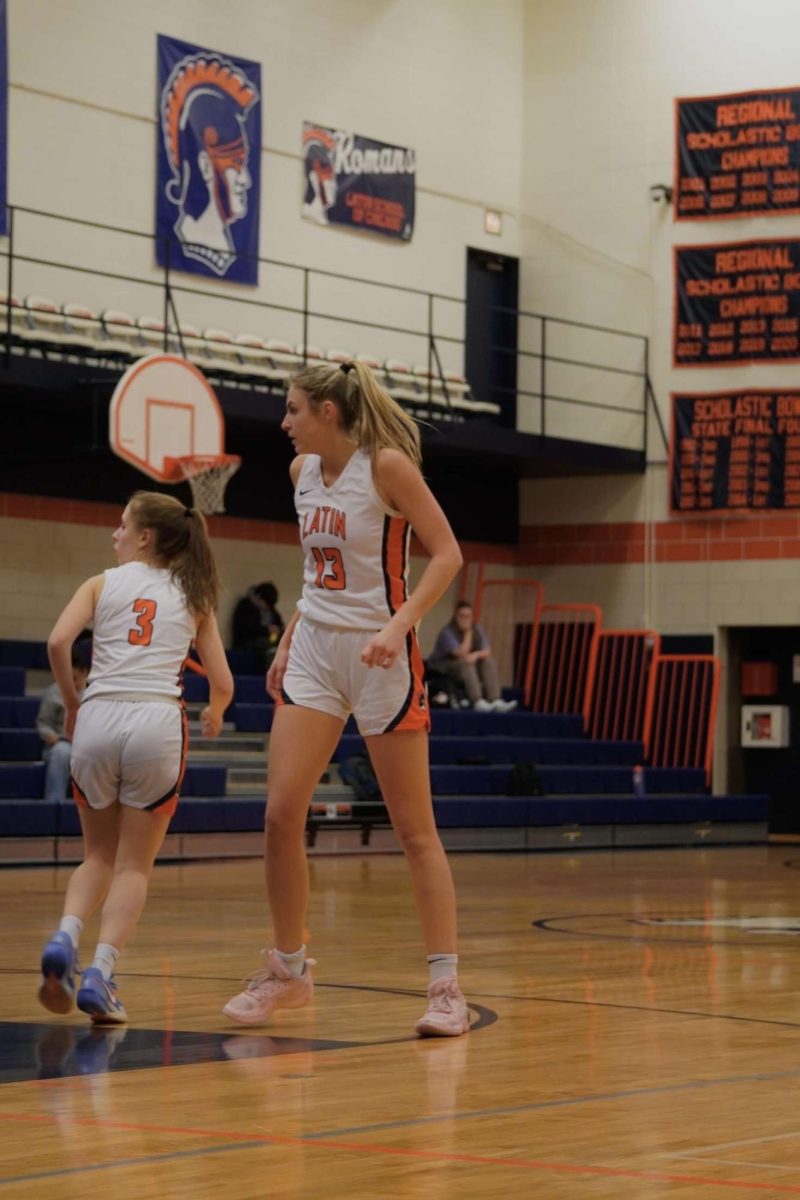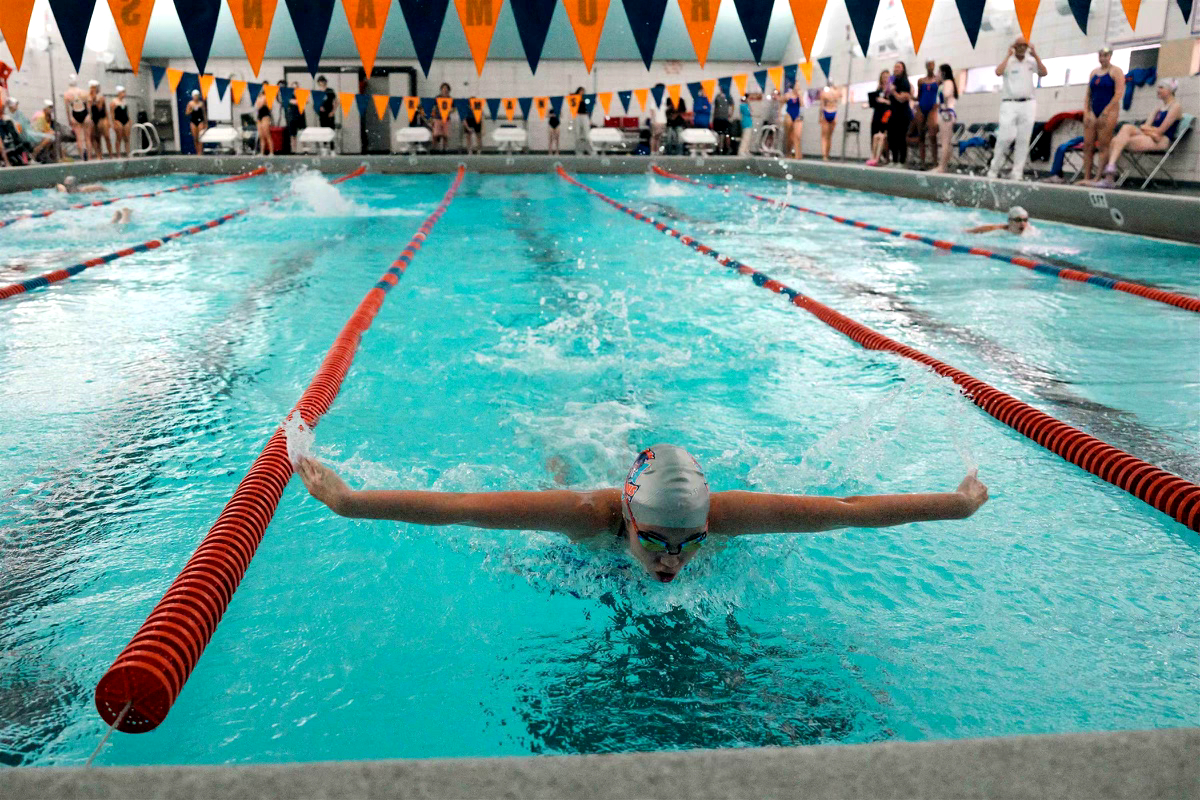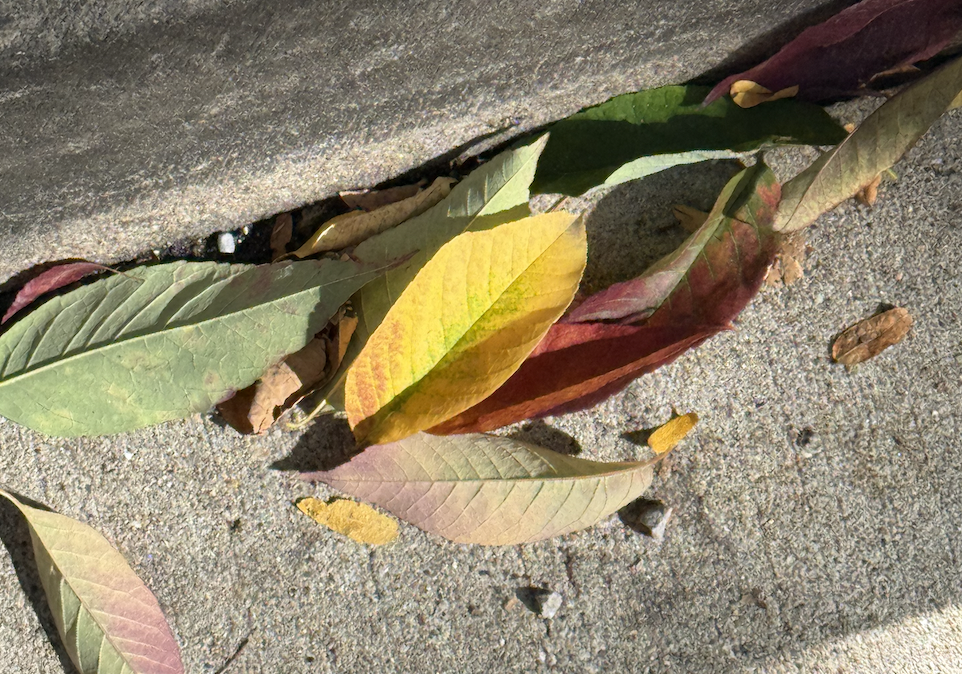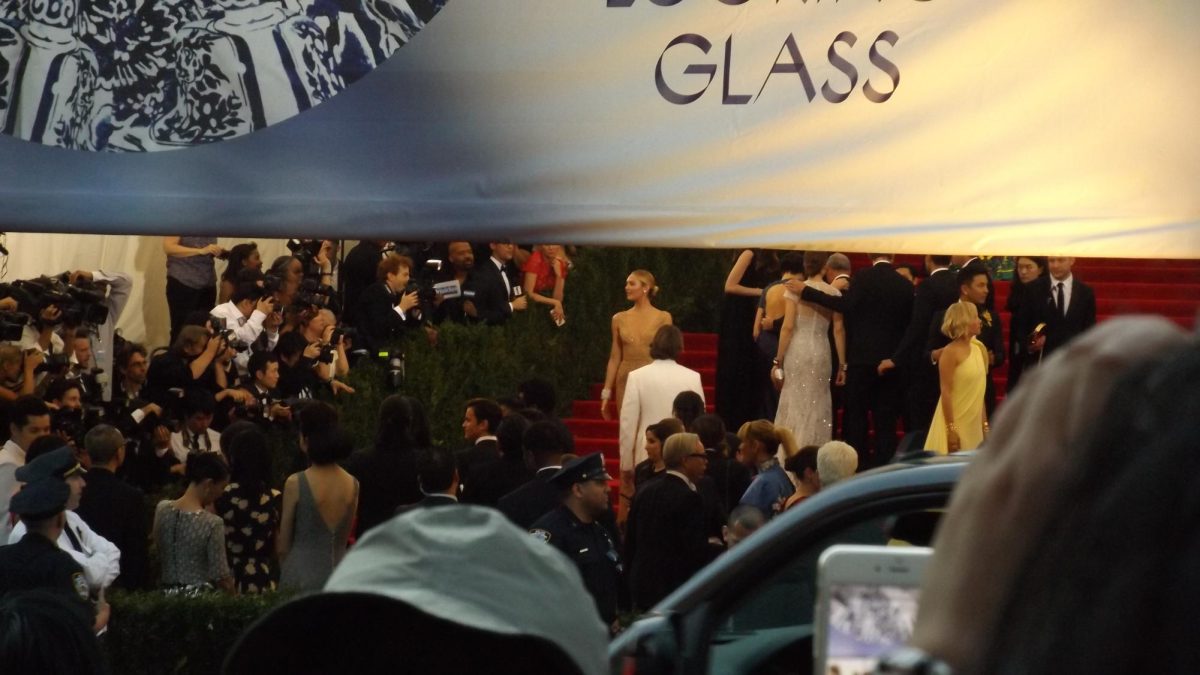Aidan Sarazen As someone who loves writing, I have a bias towards sharing experiences through the written word. However, despite my enthusiasm for writing, I have found that the simplicity of photography can be quite attractive. Latin’s project week, sending groups of students to five of the seven continents, has emphasized the convenience of using pictures to document a journey. Although project week trips ranged from trekking the Amazon to sightseeing in India, each had an itinerary jam-packed with places to go, people to meet, and assignments to fulfill. Of course, for most students, project week is a blast, but amidst the fun, it is exhausting. Unfortunately, fatigue makes many significant moments difficult to remember. Being able to relax and enjoy the week is easier without having to worry about documenting the trip. For these fast-paced projects, the camera becomes the ideal tool for capturing the remarkable adventures. During my project week in Iceland, I noticed sophomore Dylan Burke using his camera with great zeal. I asked him why he was taking so many pictures. Without pausing to think, he told me that he wants to “capture his time spent in Iceland in an efficient way.” To dive further into Dylan’s answer, part of the camera’s efficiency comes from the fact that it can be used by just about anyone. Just like any other skill, dedication and practice are necessary to acquire expertise in photography. However, simply taking a picture to preserve a memory does not require any serious training, which makes sharing an experience through images highly conventional. Beyond that, social media sites, namely Facebook and Twitter, embody the idea that sharing events through pictures has become exceedingly popular. Latin’s out of town project weeks supply evidence for users of social media sites tending towards fewer words and more photos. Many of the project week groups used Facebook and Twitter to provide pictures for a direct, in the moment feed of their adventures. Project week leaders for Iceland: Land of Fire and Ice and F. Scott Fitzgerald Literary Adventure both used Twitter to give parents a live showing of the trip. The teachers (and some students, in the case of the Fitzgerald group) posted photos and concisely worded explanations that fit under Twitter’s 140 character maximum to describe how their week was going. Facebook serves as an even stronger example of pictures becoming a more prominent form of preserving and displaying memories. In the first days of Spring break, a quick scroll through a Latin student’s newsfeed will give the viewer the sensation of being transported into numerous different project week trips. Abigail Nadler, a member of the group that traveled to Mexico, informed me that, “after having such an amazing project week, I felt that the least I could do was share my experience by putting pictures from the trip online.” Clearly, other Latin students had the same mindset as Abigail. Photo albums from students who traveled to India show visits to famous monuments such as the Taj Mahal, long, brutal train rides, and interactions with native children. Albums from the Iceland trip display magnificent geysers and waterfalls, steamy hot springs, and the Latin group bonding with Icelandic high schoolers. Clicking through pictures from the Tanzania trip gives the feeling that you are standing in a grassy plain, looking out at giraffes, elephants, and lions. Without even having an assembly at school to recap and explain the project weeks, Latin students can get a clear idea of what the trips were like, all thanks to the ease of sharing pictures. Whether or not writing can delve into greater detail, it is clear that using photos to share an experience is more practical. I discovered the ease and usefulness of taking pictures during my adventure to Iceland. Having not been interested in photography, I have never owned a camera. My parents sent me with a small digital camera, something that I thought would stay buried on the bottom of my suitcase. In spite of the idea of taking pictures being an afterthought, Iceland’s captivating setting and my peers pushed me to use the camera. Through photography, I became aware that the benefit of project week lies within students gaining knowledge that the classroom environment cannot provide. It strengthens the desire to remember the fleeting, yet important moments spent bonding with classmates. For this reason, Latin students are inclined to reach for their cameras to capture the extraordinary moments provided by project week.]]>
Categories:
A Writer, Cameras, and Iceland: A Love Story
March 31, 2013
0

